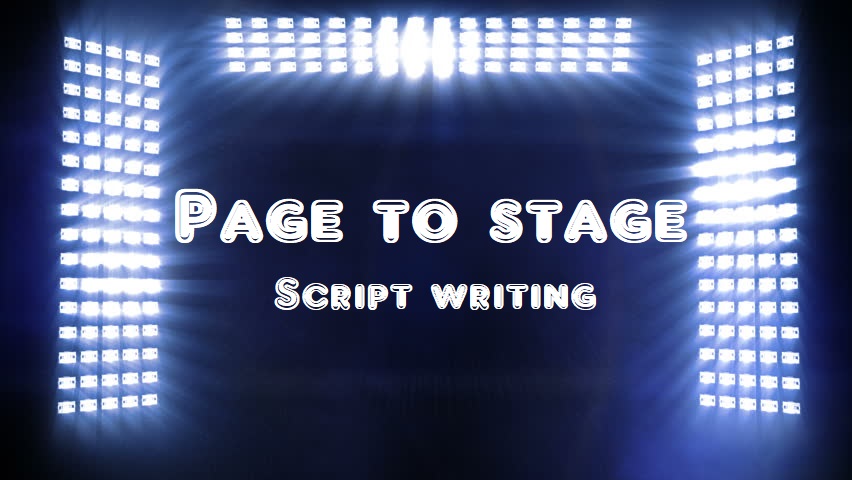Six months ago when the pandemic first came to America, scientists and medical professionals thought that once the temperatures warmed up it would kill the virus and everything would go back to normal.
But, as we know, in a crazy plot twist the heat actually made the virus spread like wildfire and everything got worse.
- Businesses began closing back down.
- Schools that tried to open have now switched to virtual learning.
- Large gatherings are still frowned upon, meaning even movie theaters have yet to fully reopen.
The old adage came true, “what could go wrong, did!” It seems like every time something went wrong, fear and negativity went up. This is a clear example of how conflict encourages action and how actions fuel life.
The same principle applies to storytelling, especially movies. As the stakes are raised, the story is propelled forward when actions are on the rise!
On the Rise!
As we progress forward from our story’s inciting incident, rising action is the vehicle that moves our narrative from scene to scene; eventually to the conclusion of our journey.
Although it seems formulaic, it is more a framework to guide us as we go on the journey with the characters. Famed 19th-century German writer Gustav Freytag divided a story’s plot into five distinct stages:
1. Exposition (sometimes including the inciting incident.)
2. Rising action.
3. Climax.
4. Falling action.
5. Dénouement.
As we move from scene to scene, action is kinetic. Before the climax it is called rising action, because there is rise in tension, conflict and risk that creates a need for a resolution. It is important to understand that rising action isn’t the climax of our story, but the preparation for and road to it.
Robert McKee points out, “In the ideal last act we want to give the audience a sense of acceleration, a swiftly rising action to climax.”1
The action that follows the climax is called falling action as we let the changes in the narrative lead to a satisfying conclusion. The rising action makes us anticipate a climax where the conflict will peak; falling action is the result of the climax.
Understanding how action works in a story, helps us see which direction it should go.
Which Way?
Rising action in our narrative has a steady charge until the climax, which by nature changes the direction of the story: positive to better, positive to negative, or even negative to worse.
Think of your story’s character arc, where they’ve been and where they’re heading. Rising action is what takes them there. Below are some examples where the rising action changes the course of the story between beginning and end.
The Hobbit: The rising action occurs as Bilbo agrees to act as a burglar during this adventure.
Grease: All the hurdles and obstacles Danny has to overcome to win the heart of Sandy.
Legends of the Fall: As each brother vies for the heart of the same woman in their own way.
Again, rising action isn’t the climax, but the motivation to get there: what should I do? , what shouldn’t I do? moments for example. The answers are when our story peaks at the climax, but up until then it’s simply the action on the rise!
1 McKee R. (1997). Story: Substance, Structure, Style, And The Principle of Screenwriting (Kindle edition) pg Page 218.

Martin Johnson survived a severe car accident with a (T.B.I.) Traumatic brain injury which left him legally blind and partially paralyzed on the left side. He is an award-winning Christian screenwriter who has recently finished his first Christian nonfiction book. Martin has spent the last nine years volunteering as an ambassador and promoter for Promise Keepers ministries. While speaking to local men’s ministries he shares his testimony. He explains The Jesus Paradigm and how following Jesus changes what matters most in our lives. Martin lives in a Georgia and connects with readers at Spiritual Perspectives of Da Single Guy and on Twitter at mtjohnson51.



 We love helping your growing in your writing career.
We love helping your growing in your writing career.

No Comments